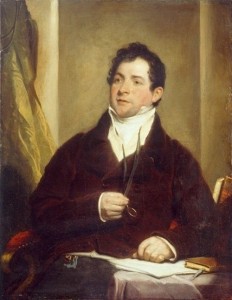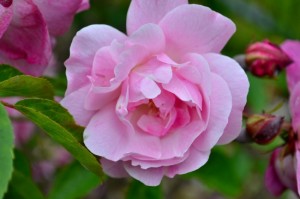The Last Rose of Summer Gathering will celebrate the bi-centenary of the poem’s publication and Thomas Moore, the man behind the famous words. Irish Tenor Anthony Kearns will perform in the idyllic grounds of Jenkinstown Park, the location where Moore wrote his famous poem “The Last Rose of Summer”
Major George “Punch” Bryan inherited Jenkinstown in 1805 on the death of his unmarried uncle James. George had married Countess Louise de Rutant, daughter of Count de Rutant of Nancy in France. They came to live at 11 henrietta Street in Dublin, in 1802. Bryan retained this Dublin residence for the remainder of his life and kept in contact with his Dublin friends. When did Moore and Bryan first become friends? Both were active in Dublin in pursuit of Catholic Emancipation. It is possible this common interest drew them together in Dublin for the first time. It is certain their friendship was very real from the time both took prominent parts in the activities of the Kilkenny Private Theatre. Bryan was involved from 1804 to 1810, and Moore took part in productions in 1808, 1809, 1810.
In 1810, Bryan gave a Fete at Jenkinstown in honour of the Prince of Wales’ birthday. Moore took this opportunity to write “The Prince’s Day” or “Though Dark are our Sorrows”. He added that the poem was written “on the occasion of the Fete given by my friend Major Bryan at his seat in the County of Kilkenny. It was published in the fourth number of Irish melodies in November 1881. According to staunch local tradition it was while he was at Jenkinstown that Moore also wrote “The Last Rose of Summer”. Indeed a certain rose still prevails in the locality and in the Botanic Gardens, Dublin, as the type that inspired Moore.



